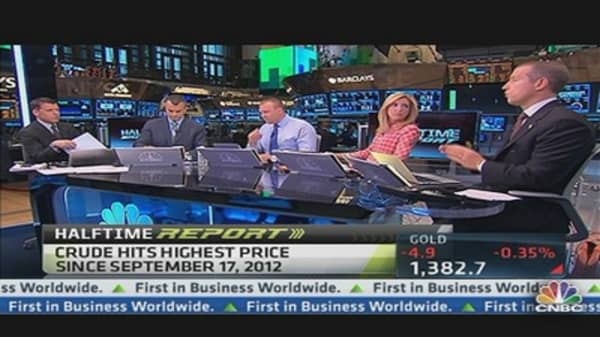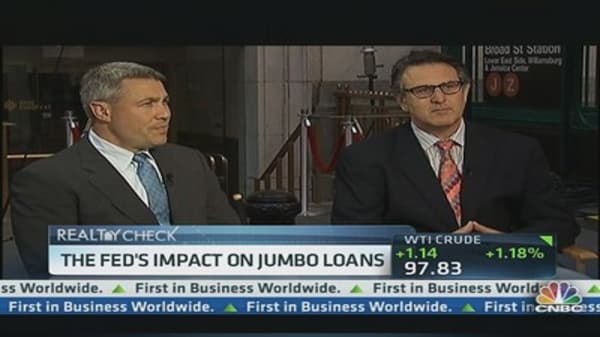A schadenfreude-fueled press and jealous peers who keep talking about John Paulson's losses in gold are missing the hedge fund manager's second round of masterful trades involving housing—this time on the bullish side.
The man behind the so-called greatest trade ever acknowledged this much in a recent letter to clients pointing out that gold makes up a minuscule portion of the $20 billion Paulson & Co. has under management.
"The Gold Funds, which represent only 2 percent of our AUM, have received a disproportionate amount of attention over recent months and have detracted attention from the performance and positive developments of our other funds, 98 percent of our assets," wrote a firm managing director in a June 6 letter obtained by CNBC.
Those positive developments include a 27 percent year-to-date return in the Paulson Recovery Fund because of big gains in mortgage insurers, such as MGIC, Radian and Genworth, as well as title insurer Fidelity National Financial.
These big bets in this portfolio suggest a man who believes the country is only in the beginning stages of a housing recovery. And he should know.
Paulson, whose firm has had only had two down years since 1994, netted $15 billion in 2007 in betting against complicated subprime mortgage securities tied to a rising housing market, a move immortalized in the book "The Greatest Trade Ever."
(Read More: Paulson Raised Bet on Mortgage Insurers in First Quarter Filing)
To be sure, Paulson's investments in gold and gold miners are enough to drag down the value of the firm's other funds. Paulson Advantage Funds, which make up a quarter of the firm's assets, are up only 4 to 6 percent this year because of investments in gold stocks. The small gold funds have lost half their value this year.
But that's taking the focus off where Paulson's passion apparently lies: finding ways to benefit from the rise of the very same housing market he so presciently saw falling apart just a few years ago.





